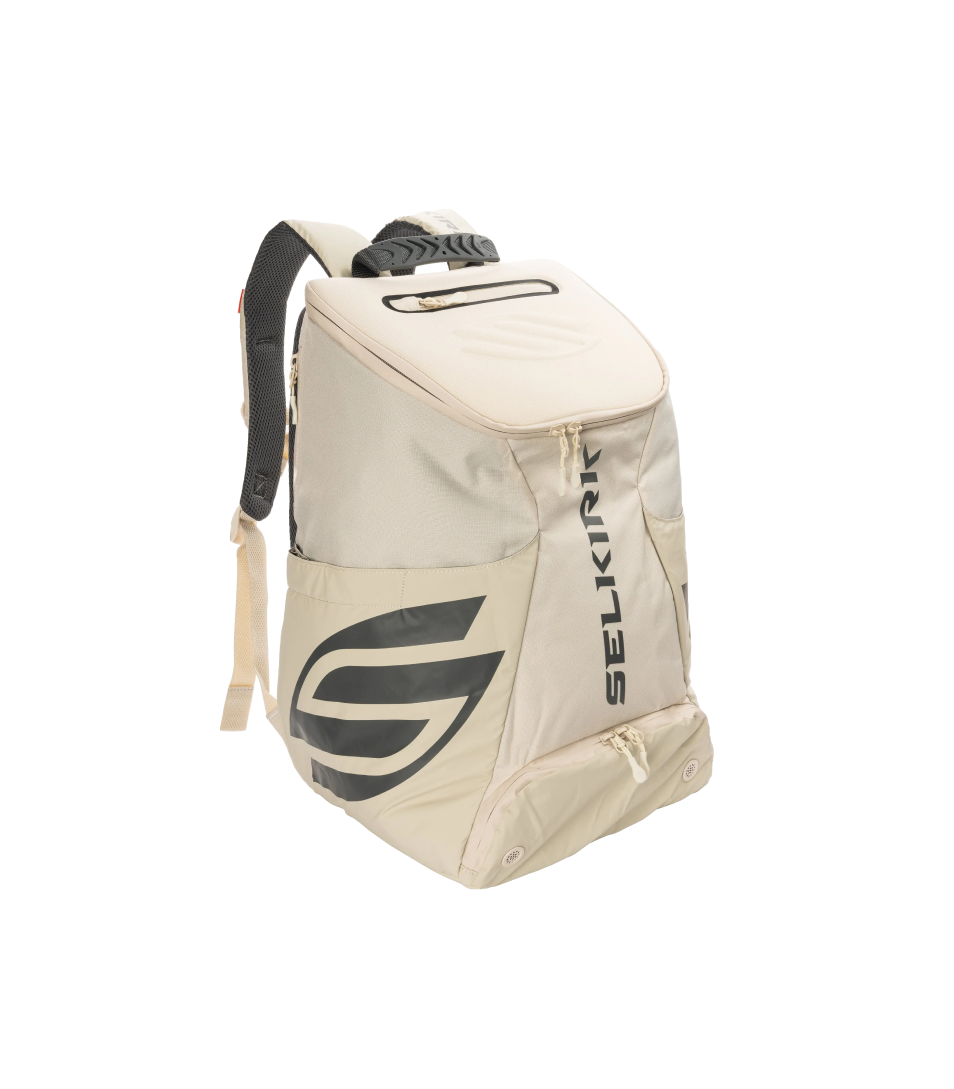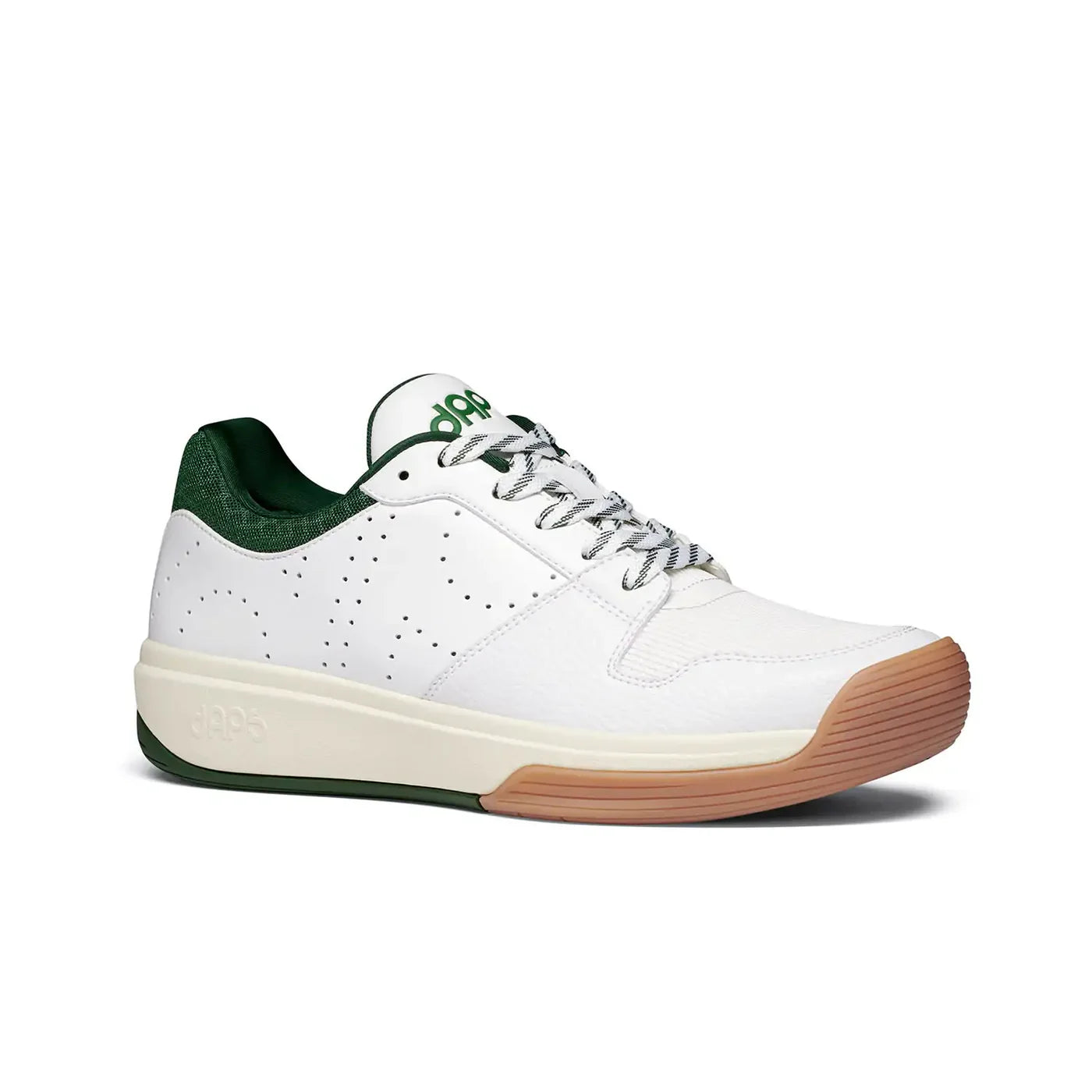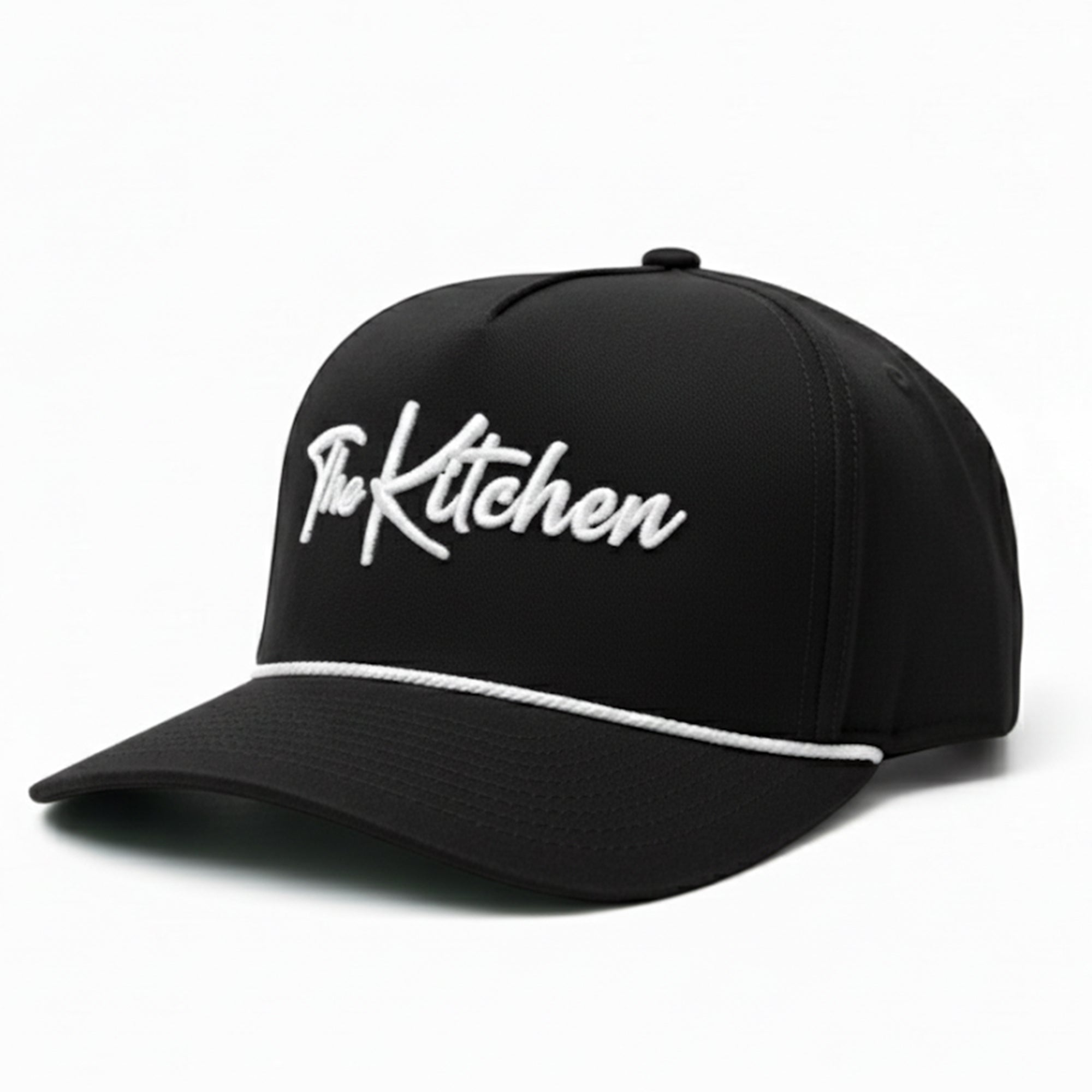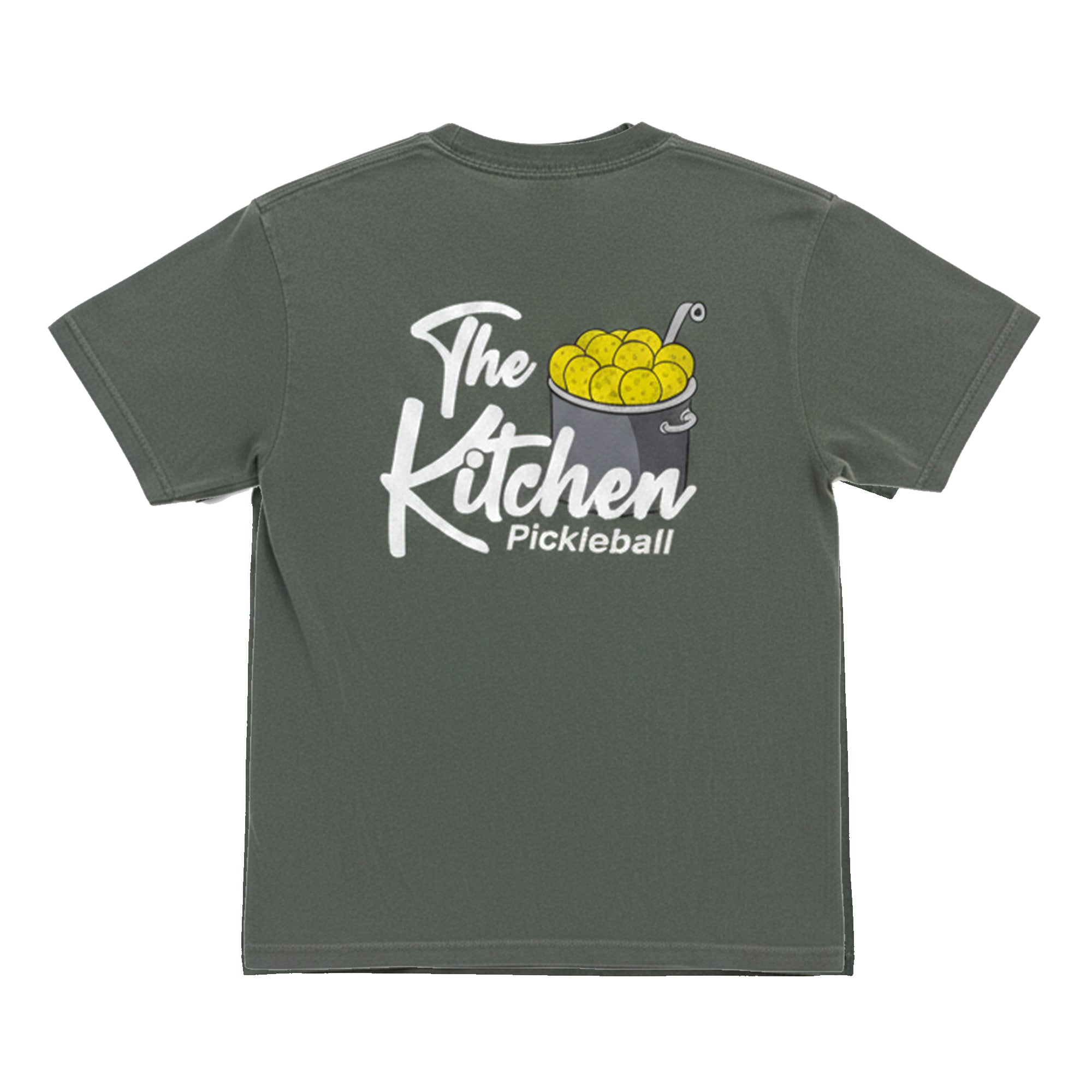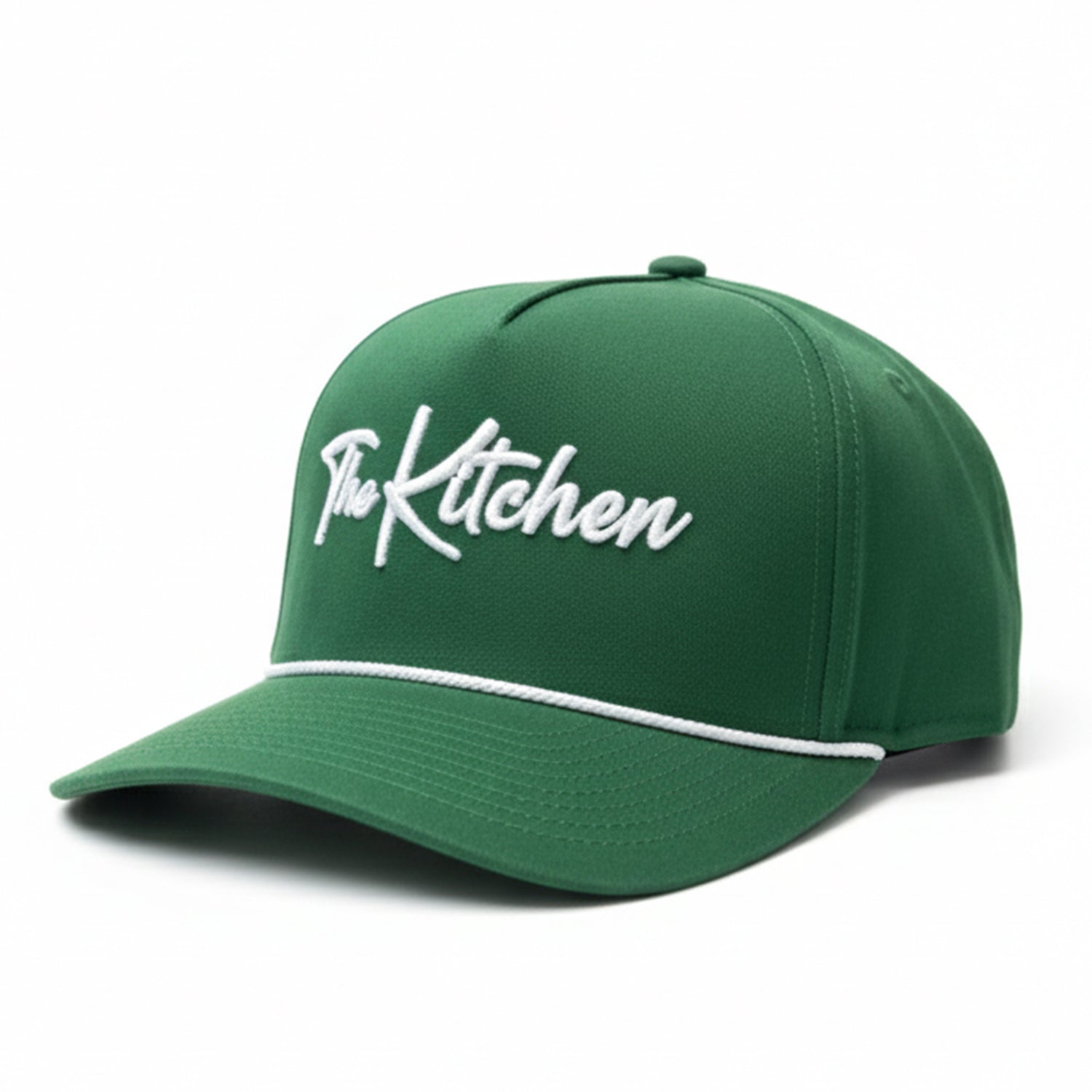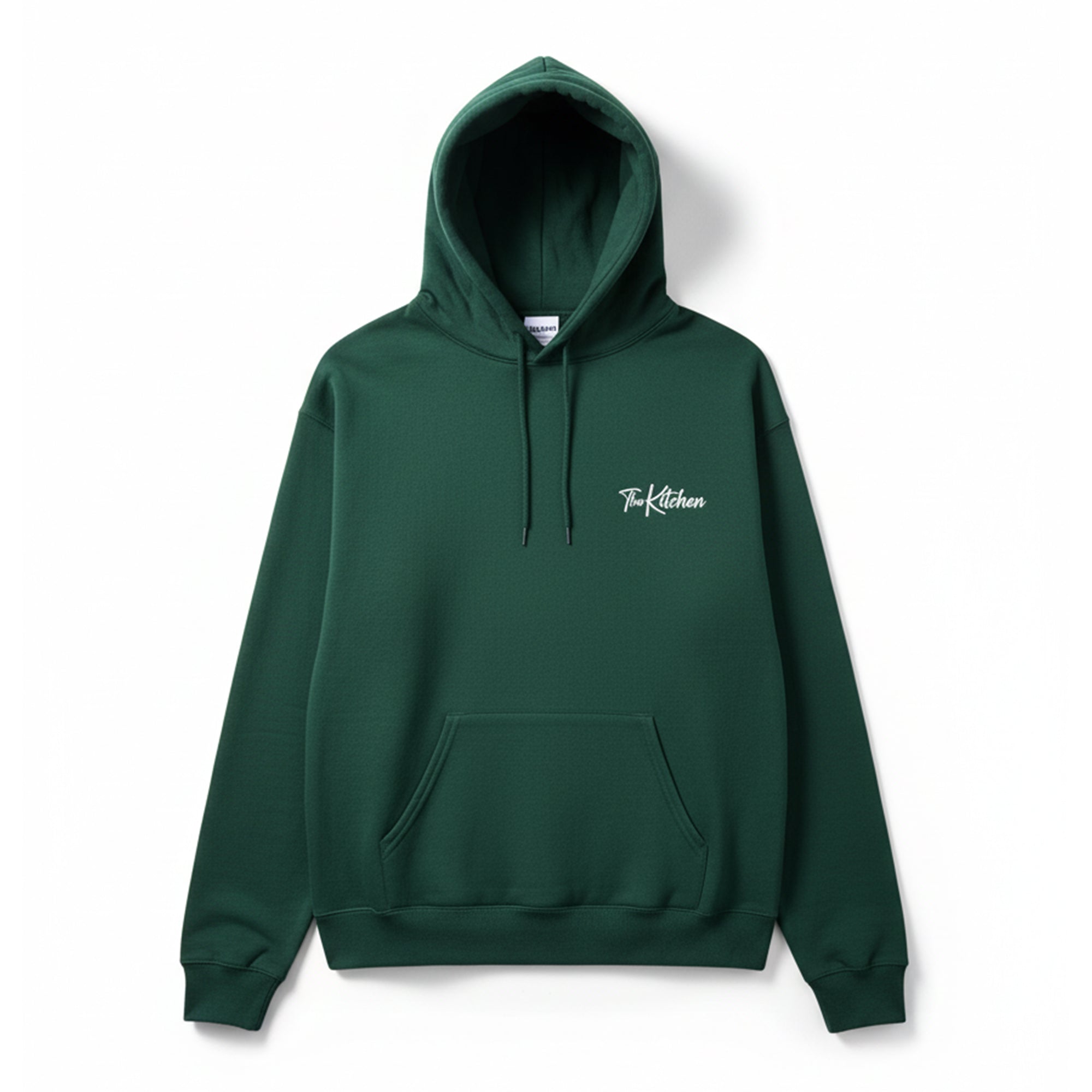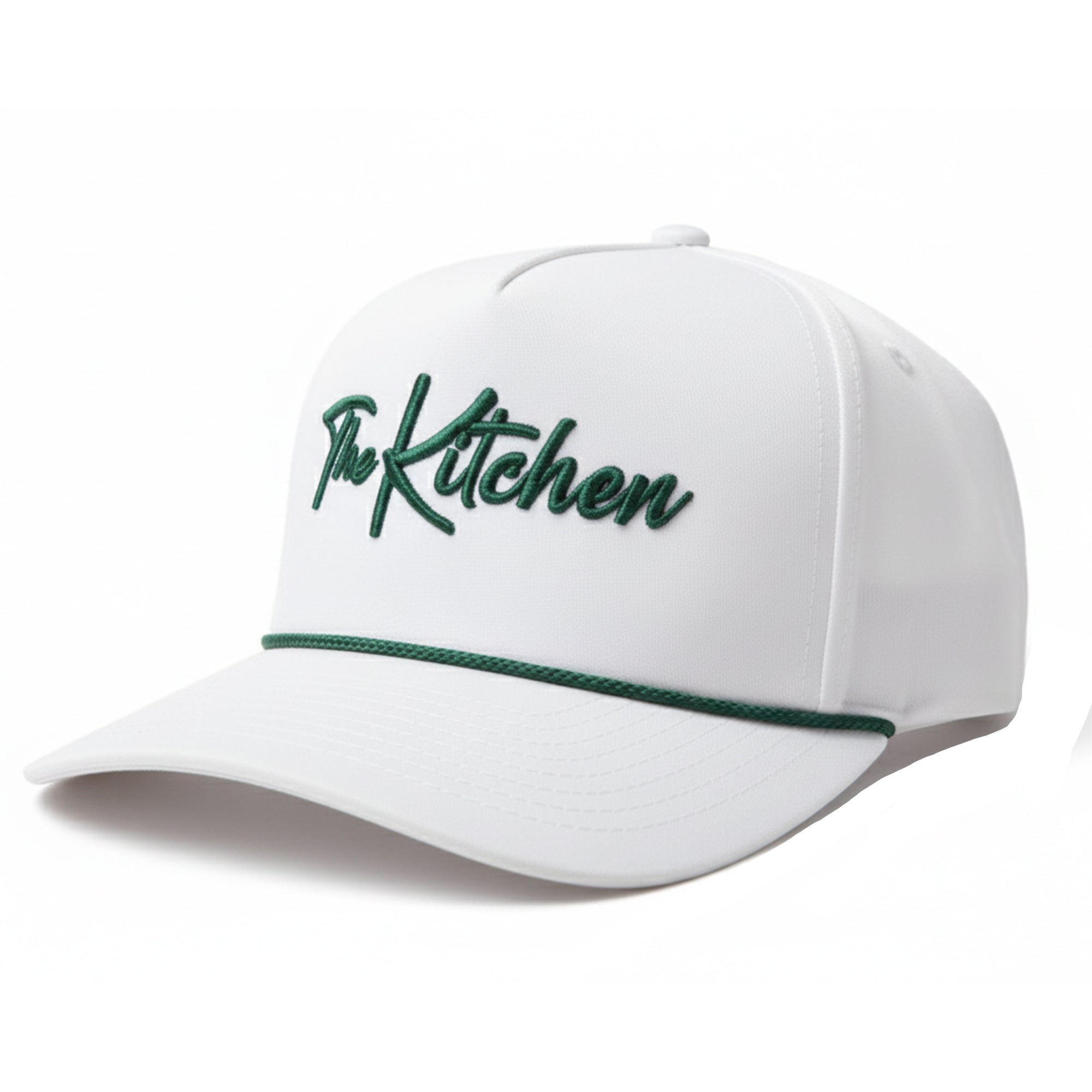Transition Zone Tips: What to Do AFTER Your 3rd or 5th Shot in Pickleball
Last Edited
Jan 20 2025
Category
Instruction
What happens after your third or fifth shot is critical in taking control of the rest of the pickleball point.
There's lots of advice out there about transitioning from the baseline to the kitchen, but one of the most important tips is simply: don't just rush up to the non-volley zone.
Top pro Catherine Parenteau recently released a video covering everything you need to know about reaching the kitchen, the smart way (see below).
But in a nutshell, here's how you should handle the pickleball transition zone:
- Unless you hit a perfectly slow return that affords you enough time to make it to the kitchen, you need to approach swiftly but purposefully
- You should keep a low, ready stance as you make your way to the kitchen
- Keep your feet wide when stopped
- Remember that balls coming hard to your chest in the transition area are probably not staying in
- Any shot you make on a ball in the air (volley) should have very little followthrough
- Any shot you make on a ball that bounces can have a little more followthrough
The "Traffic Light" Approach to the Transition Zone
Did you ever play "red light green light" as a kid? Do you drive a car in North America? If you answered "yes" to either of those questions, then use this analogy to help you analyze your transition zone strategy:
If your opponent is making contact with the ball at their knees or below, that is a green light. You hit a good shot and can move forward.
If your opponent is making contact in between their knees and chest, that is a yellow light. You hit an okay shot and will be able to move forward some, but not as much as if it were a green light.
If your opponent is making contact chest or above, that is a red light. DO NOT MOVE FORWARD! Staying where you are allows you more time to defend what will likely be a slam back at your feet.
Shot Selection During Transition
The baseline skill behind everything you've learned above is, essentially, patience.
Once you've learned how to read your opponents and patiently choose your next move, it's time to learn which shot is best for each scenario.
Here's some advice:
- If your contact point will be at your hips or below, you probably want to reset the ball
- If your contact point will be higher than your hips, you can force the ball back down, so you can be more aggressive
Read Next: You Should Miss More Pickleball Serves (Here's Why)
